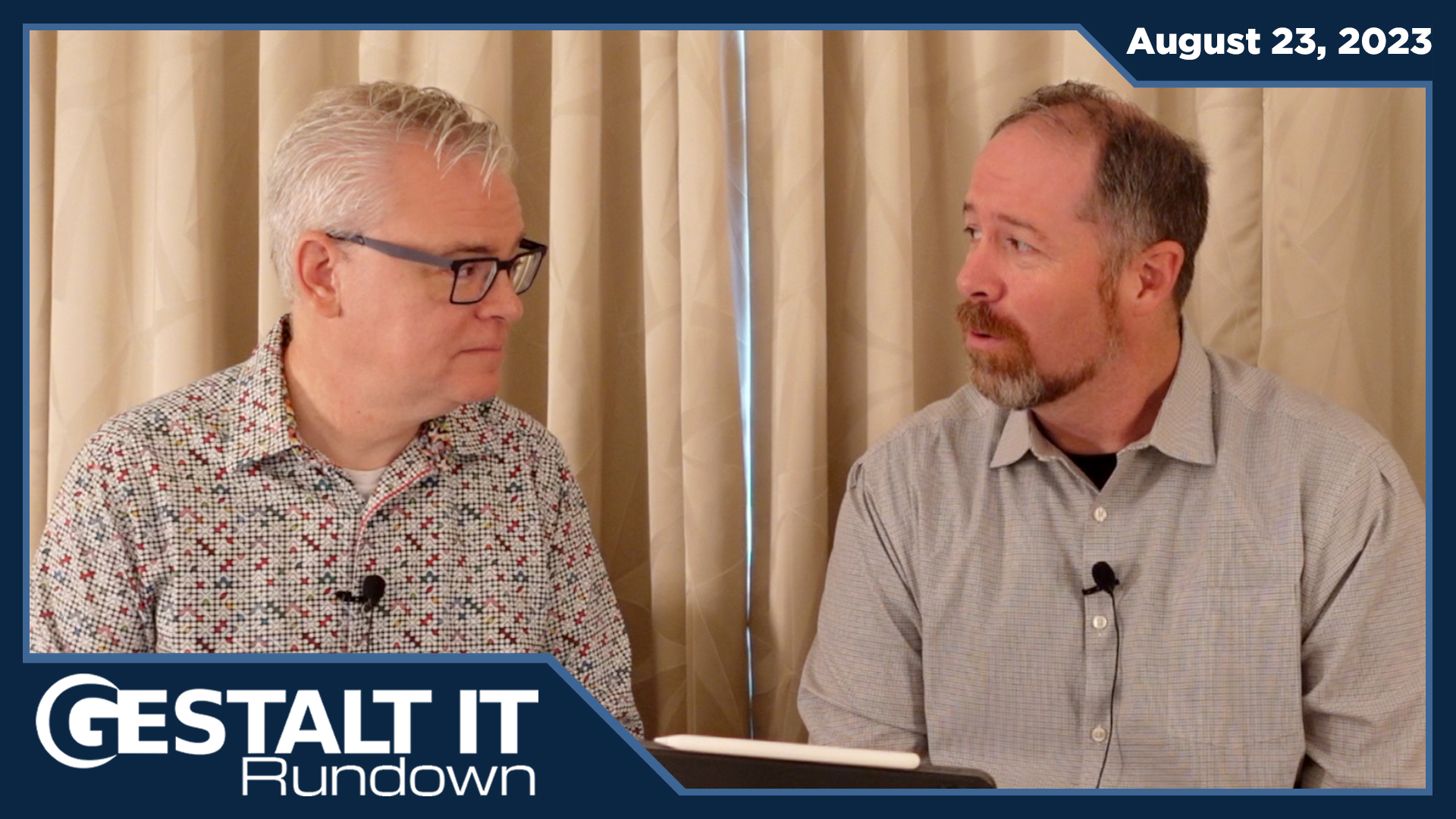Virtual machines provide today’s organizations with an extensible, scalable way to enable remote access to secure managed systems. But, what happens if you virtualize that machine even further by implementing it entirely in the cloud? Well, at the recent Cloud Field Day, Oracle Cloud Infrastructure announced their budding partnership with VMware, combining their cloud infrastructure with VMware’s software and architecture to deliver an entirely new solution.
Virtual Machines and Remote Work
Although created in the 1960s, virtual machines (VMs) rose to popularity in the 2000s as advances in networking allowed for users to access these systems stood up on-premises using VPN connections. Now, as remote work is a newly established norm for many companies, VMs allow remote employees to securely connect to their desktops in the office, meaning IT practitioners can manage them as they would normally without having to manage their end users’ personal devices.
Unfortunately, many places still have some sort of guideline in place restricting access to workplaces due to COVID-19. As an IT administrator, if something happens to your VM farm in the office and you can’t go in to address the problem, you’re straight out of luck.
Virtualizing Virtual Machines
Combining virtual machines and cloud infrastructure allow organizations to leverage their work systems anywhere at any time. That way, instead of connecting to physical machines virtually, end users connect to machines stood up completely in the cloud, which IT staff can then administer from a web browser, streamlining the process on both ends.
The issue with virtualized virtual machines, however, is the fact that they can be rather technically demanding to implement and maintain when stood up manually. Oracle Cloud Infrastructure, aware of these potential issues, has created a solution to help advance the world of virtualized virtual machines.

By partnering with VM giants, VMware, Oracle Cloud now provides a turnkey method for organizations to implement VMs in their cloud infrastructure. The technology represents a major step forward in VM accessibility, exemplifying industry trends we’ve seen towards the decentralization of traditional infrastructure.
How Oracle + VMware Works
In a recent Cloud Field Day presentation, Oracle Cloud’s Master Solutions Architect, Steve Nelson, discussed the new partnership and how Oracle Cloud customers can make the most of the new solution. Nelson began by describing the two-way joint solution, establishing that Oracle is responsible for implementing and supporting VMware software and architecture on their infrastructure. He also stressed that this is a solution; Oracle will not be offering their VMware integration as a service.
Despite that sentiment, however, it seems that using OCI’s bare metal compute configuration, organizations will be able to expand their Oracle VMware VMs as necessary beyond the initial 3 node cluster. The initial offering contains 156 OCPUS, 2304 GB of memory, and a whopping 153 TB NVME SSD storage, making it a viable starting server for many operations. And, since it’s all hosted in Oracle’s cloud, it’s accessible wherever and whenever you’re working for maximum uptime and availability.
Zach’s Reaction
Having a virtualized virtual machine cluster allows organizations to scale rapidly, enabling IT practitioners to migrate away from on-prem infrastructure and become fully cloud-based if they so desire. As much of the industry starts pointing towards empowering end users to work remotely ad infinitum, the Oracle + VMware partnership seems like a huge step in the right direction.
To learn more about Oracle + VMware, as well as the other new additions to the OCI Suite, check out the rest of Oracle’s Cloud Field Day presentation.




